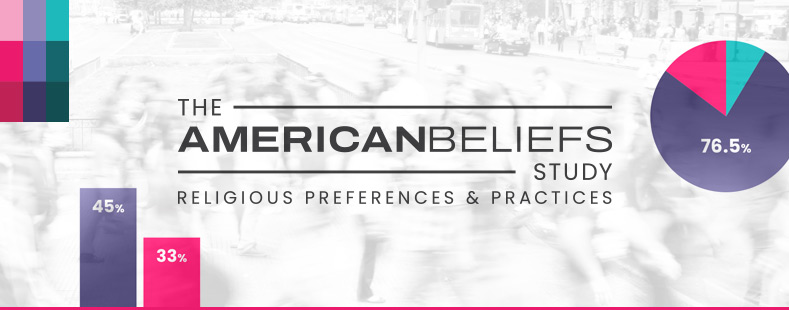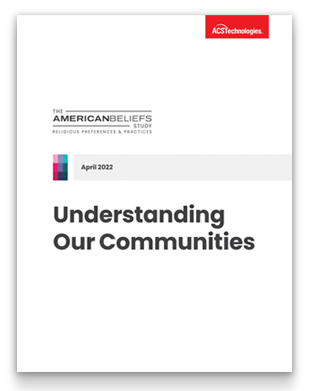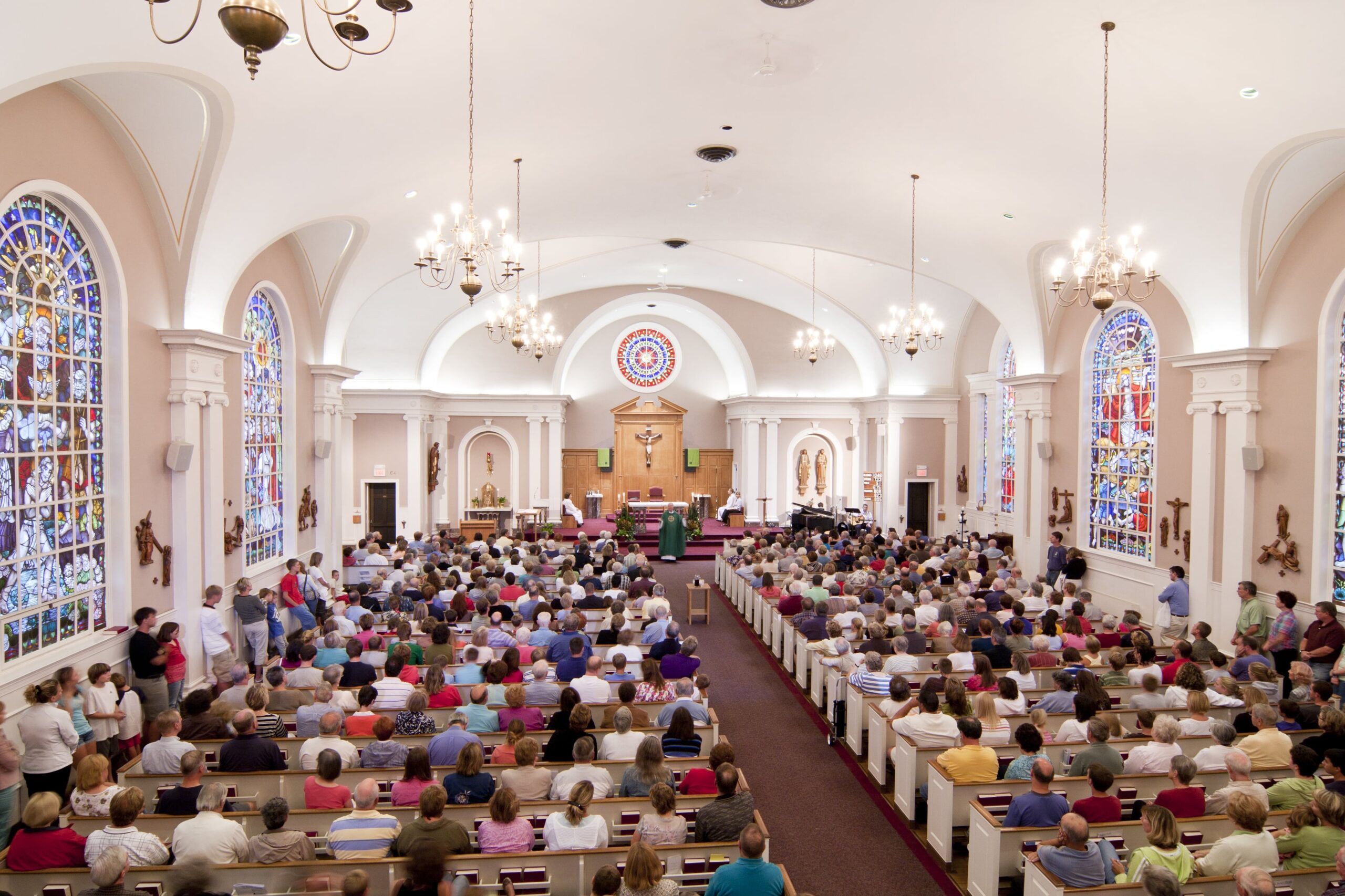Many who saw themselves as Christian in 2011 now claim no faith or another faith
In 2021, 64.2% of Americans described themselves as Christian.
The American Beliefs Study asked a carefully-designed, representative sample of 15,000 Americans what they saw as their religion. It gave them 29 options to choose from, everything from “None/No Religious Preference” to “Lutheran” to “Buddhism” to “Baptist” to “Judaism” to “Catholic” to “Unitarian/Universalist.” Adding up the Lutherans, Baptists, Catholics, and those in other Christian traditions produced a total of 64.2%.
More than half of America sees itself as Christian. That’s 213.0 million Christians out of a total national population of 331.8 million (mid-2021). That’s a big number. America has a lot of Christians; well, more than 200 million.
But it could have 15 million more. That’s also a big number when you think about what it means. Imagine if America’s three largest cities, New York, Los Angeles, and Chicago, combined, were 100% Christian in 2011 but 0% Christian ten years later. Something like that has happened, though the people were spread all over the country instead of concentrated in those three cities.

More Findings
You see, the respondents also revealed what they saw as their religious tradition ten years ago. Many who saw themselves as Christian in 2011 saw themselves as something else in 2021. In the world of religious demography, researchers talk about “conversions” and “defections.” Every year some people convert to Christianity from another religion or from no religion. Every year some people leave Christianity for another religion or no religion.
This is not just about people getting more lax about church attendance, drifting away, but still believing in Jesus, still considering Christianity to be their faith. No. This is about people saying, “I was a Christian ten years ago, but now I’m not.”
In American Christianity today, there are more defections than conversions.
The number of sheep leaving the fold is greater than the number of sheep coming into it.
Again, 64.2% of Americans describe themselves as Christian. But that figure was 68.7% ten years ago. Maybe a difference of 4.5 percentage points does not sound like a lot. But if America had the same percentage of Christians today as it had ten years ago, it would have 15 (actually, 14.9) million more Christians. There would be 227.9 million Christians in America today instead of 213.0 million.
Now of course, this is about how people identify themselves by religious tradition. Only God knows their true spiritual condition. But it is still an important indicator of national religious trends. The spiritual realities are probably not an exact fit with these numbers, but these numbers still tell a story the church can learn from. We are losing more than we are gaining.
It would be different if the Church gave as much attention to closing the back door as it does to opening the front door. It’s great to have programs for evangelism. It’s also important to have programs that establish people in the faith in such a way they will not turn away to a different path. Both are needed.
The Big Takeaways
• When asked what their religion is, 64.2% of Americans will say “Christian.”
• In the past ten years, 15 million Americans left the Christian faith.
Ideas for Your Church
1. Form a focus group of leaders and members to discuss how to keep members from leaving the Christian faith.
2. Take a fresh look at your discipleship and spiritual formation programs. Are they developing the spiritual depth that will lead to long-term faithfulness?
3. With a select group of leaders, have a confidential discussion about specific people you know who have abandoned the Christian faith. What can you learn from these stories?
4. Consider the ministries or programs your church prioritizes. Do they build relationships with the people in your community? If not, consider how these might be refocused to engage deeper on a personal level.
About this study
This online study among 14,942 American adults was conducted by Campbell Rinker for ACST from October 2020 through February 2021. Results were balanced by US region, 19 ‘Mosaic’ demographic clusters from Experian, and weighted by age to align with known population characteristics. The study carries a maximum margin of error of ±1.97% at the 95% confidence level within any US Census region.. A comparative 2017 study involved the same size audience.
FREE REPORT
Provides Actionable Data on American Religious Life
In this report, you’ll discover:
- The activity level of Americans in local religious communities and how it has changed over the past decade.
- The most pressing concerns Americans face today, concerns that will impact how you reach out to your community.
- Good news and bad news about the theological beliefs of Americans and how they view places of worship in their community.
About the Authors
Dirk Rinker is president and CEO of Campbell Rinker, which has been a leading market researcher for nonprofits since the early 1990s. He has designed and implemented research projects for hundreds of prominent mission organizations, charities, universities, and museums in the U.S. and internationally – helping clients understand and act on the attitudes, motivations, and perceptions of their valuable constituencies.
Michael Jaffarian is a writer, researcher, and consultant to nonprofits. He and his wife were missionaries for 33 years, serving in Singapore, Virginia, Los Angeles, and England. Most of his ministry has been in global mission research. He has studied and written on growth trends among tens of thousands of Christian denominations globally.





